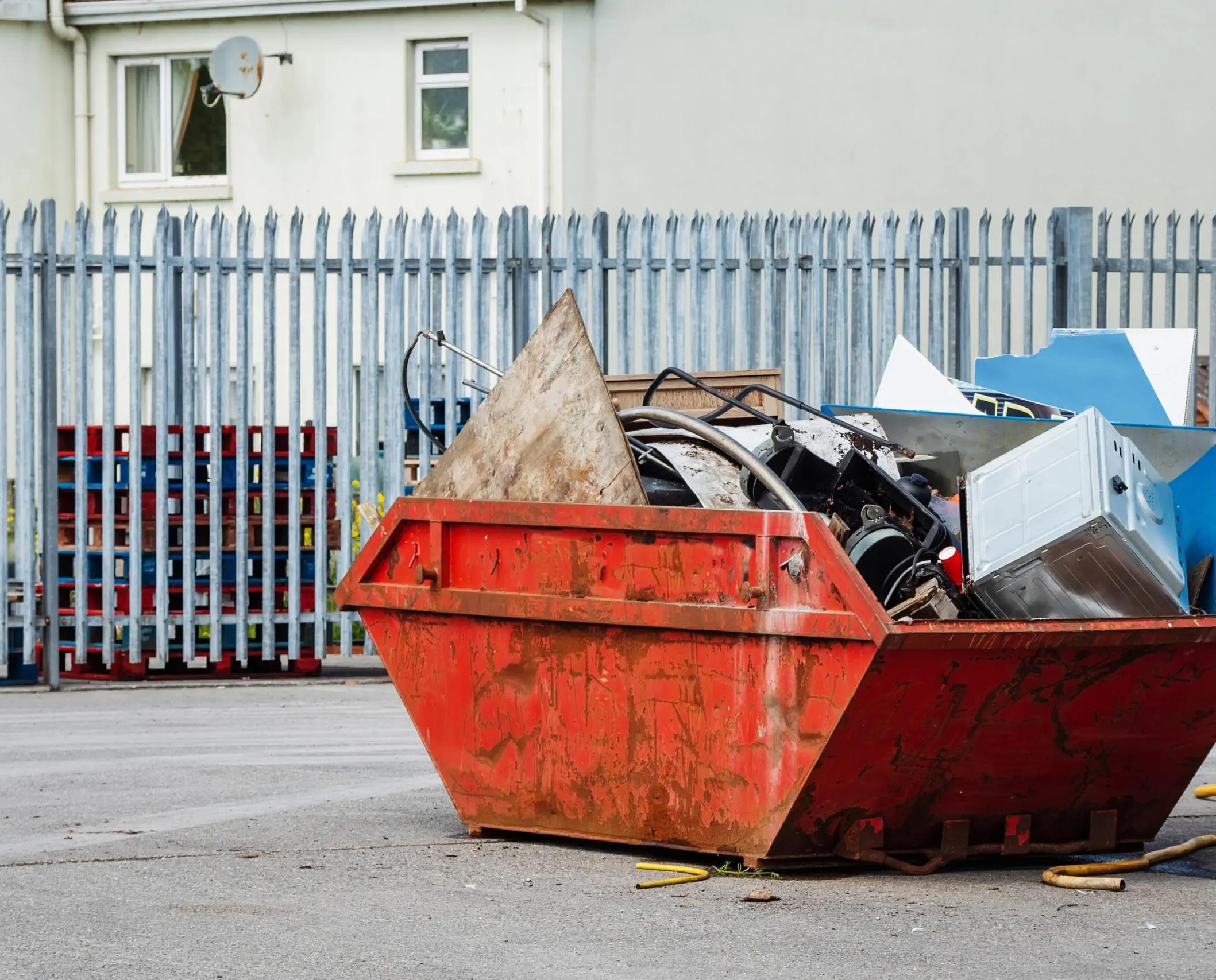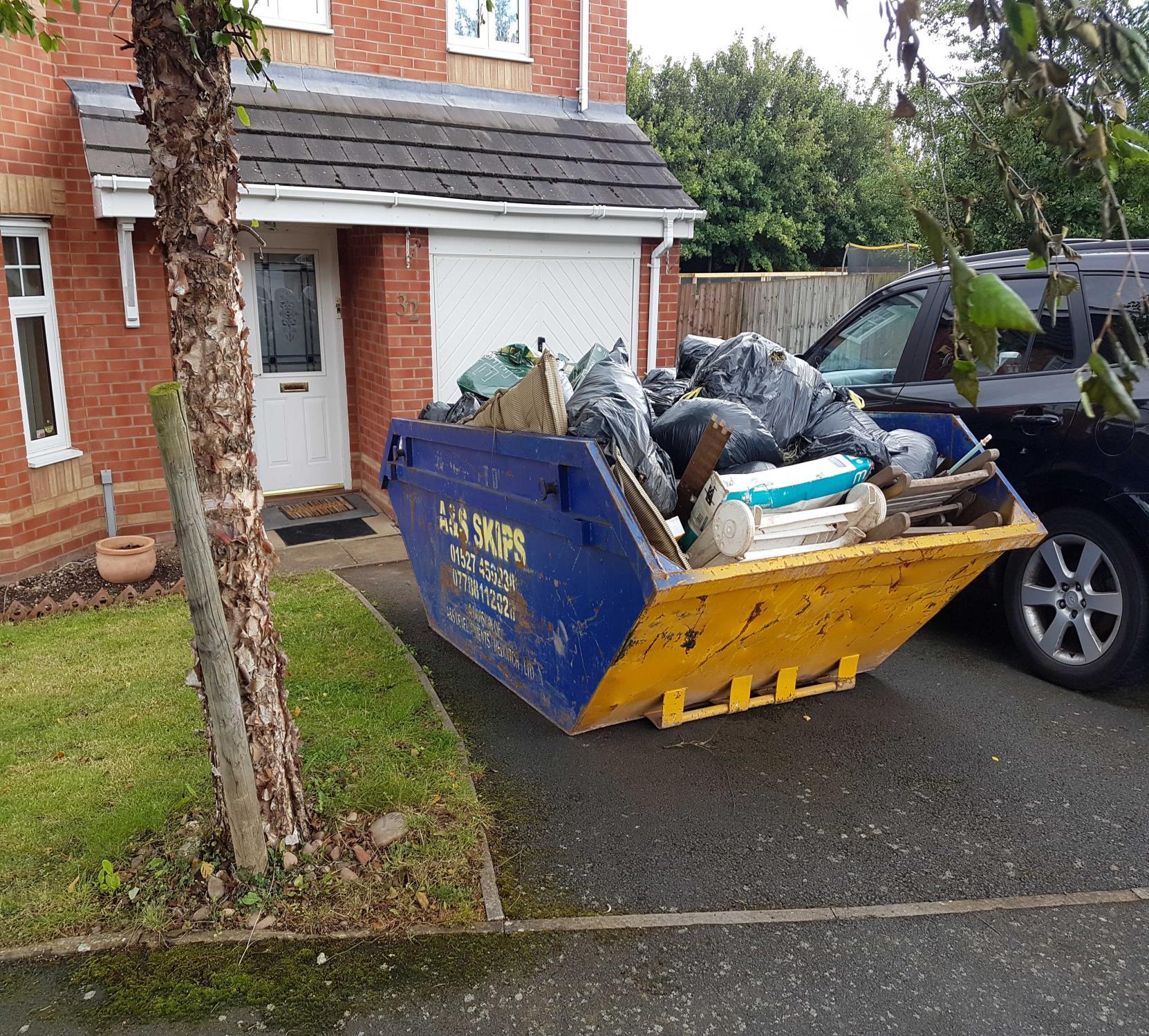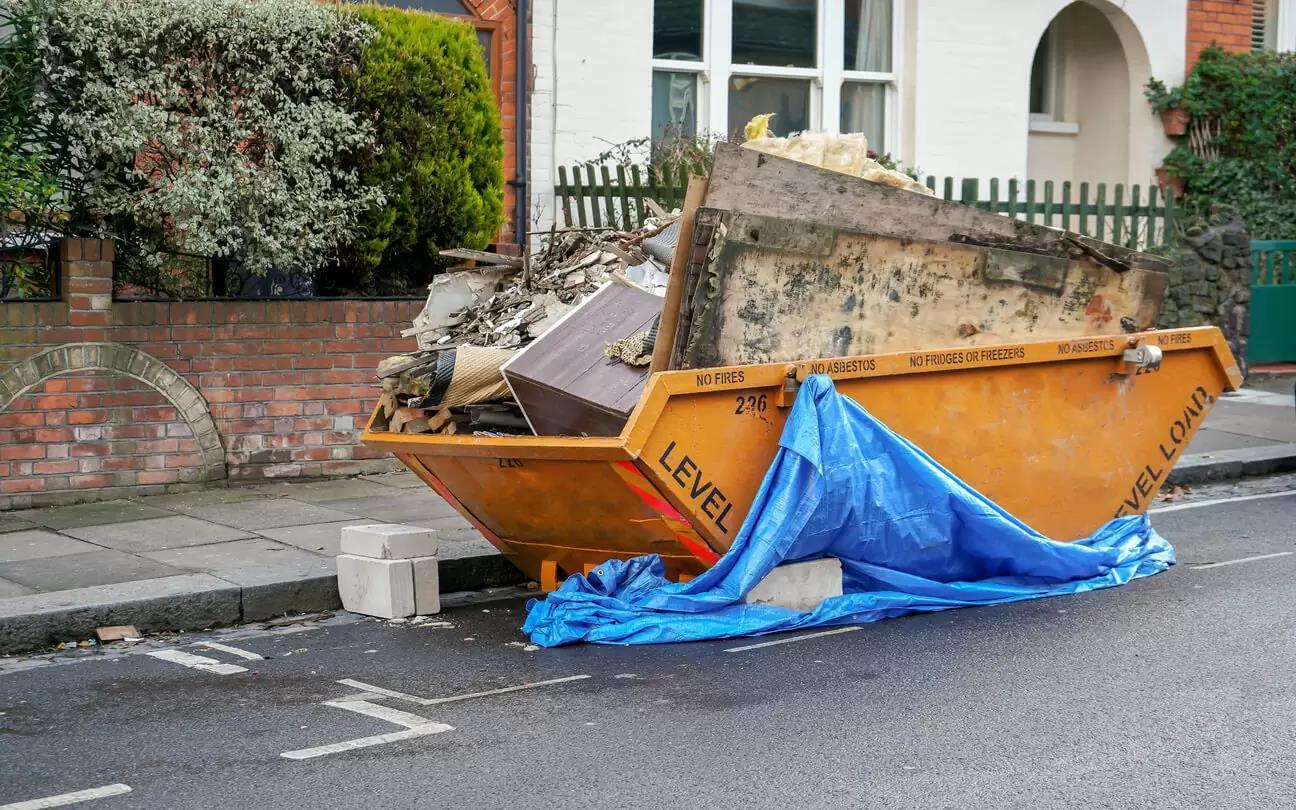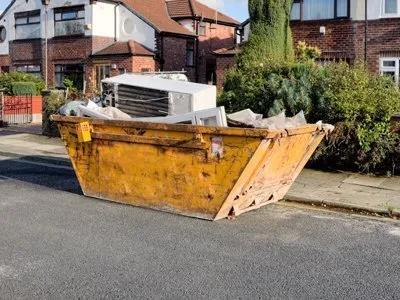



WHATARETHEFACTORSOF ENVIRONMENTALPOLLUTION? www.pinkskipsmanchester.co.uk 0161 2244222
George Warren
Although environmental pollution has been a problem for generations, it only became a problem with the industrial revolution in the 19th century. Contamination happens whenever the organic environment is incapable of getting rid of a chemical without harming or damaging itself. The destruction process could take anywhere from a few days to thousands of years because the elements involved are not created by nature (that is, for instance, the case for radioactive pollutants). In other words, pollution happens whenever an element is introduced to the environment unnaturally and cannot be broken down by nature. Since pollution harms natural resources like water and air, which are essential for the existence of life on earth, it is important to treat pollution properly. Animals, especially humans, and plants cannot survive without it or if it is found in varying amounts. On Earth, contamination comes in many forms, notably soil, water, and air contamination. If you need some professional skip service then browse skip hire Alderly Edge.

2
The Effects of Pollution on Earth

In the past 10 years, natural catastrophes have become more frequent and more severe as global temperatures have continued to rise. Scientists noted 8000 more wildfires in 2020 than the previous year. Numerous acres of natural brush and forest regions were lost worldwide as the number of forest fires rose over the dry season. That year, smoke tendrils from Australian bushfires were visible from orbit hundreds of kilometres away.

Ecological Pollution’s Root Causes
Let's first examine the factors that contribute to environmental pollution:
1. Industries
As was previously said, industries have now been contaminating our environment, particularly since the beginning of the industrial revolution, in large part because of the growing usage of fossil fuels. In the 19th century and during a significant chunk of the 20th century, coal was employed to speed up machinery, replacing human work. Even though contamination from industries mostly impacts the air, it could also have an impact on the land and water. This is especially true for businesses that generate power, such as those who run energy generation plants (May they be a dam, a nuclear reactor or some other type of plant). Furthermore, the transfer of this power could not be environmentally friendly. As an illustration, consider the pipes used to transfer gasoline; in the event of a leak, the soil would be contaminated.

4
2. Transport

Ecological degradation has substantially enhanced since humans ceased utilising animals as propulsion. Its concentrations have simply been increasing until this point. Fossil fuels, like industry, are mostly responsible for the pollution caused by transportation. Indeed, the transition from horse-drawn carriages to vehicles, trains (that were powered by coal before the development of electricity), and aeroplanes have been a long one for humanity. Along with everyday growth in traffic, pollution changes.

3. Trading Transactions

The creation and exchange of products and services are examples of trading operations. In terms of commodities, packaging (which frequently uses plastic, which would be derived from fossil fuels) and transportation are the main sources of pollution.
4. Residences
Furthermore, a significant quantity of contaminants comes from residential areas. Before houses can be built, the natural habitat must first be modified in some way. Human-built structures replace the plants and animals that have been forced out.
The fact that construction uses labour from other industries means that it contributes to ecological degradation. After they have been established, people will generate rubbish every day, a portion of which the ecosystem is not yet able to process without harming it.
6
5. Farmers' Activities

The primary cause of water and soil pollution is agriculture. This is due to the increasing use of pesticides as well as the intensive nature of its farming. The bulk of pesticides used to safeguard crops from pests and illnesses are made from chemicals. However, the environment almost always suffers when some species are eliminated. Furthermore, more environments and ecosystems are destroyed to make way for the crops as agriculture intensifies to provide for the expanding world population. Some of them, like the rapeseed that produces oil, need a lot of lands to produce a small yield.

Final Words

More contaminants are anticipated to infiltrate the environment during the next ten years as the human population continues to increase worldwide. Pollutants are released into the atmosphere during the raw material extraction process, consumer product manufacturing, and disposal of these goods. The spread of such contaminants is accelerated by improper production methods.

Thank you

9









